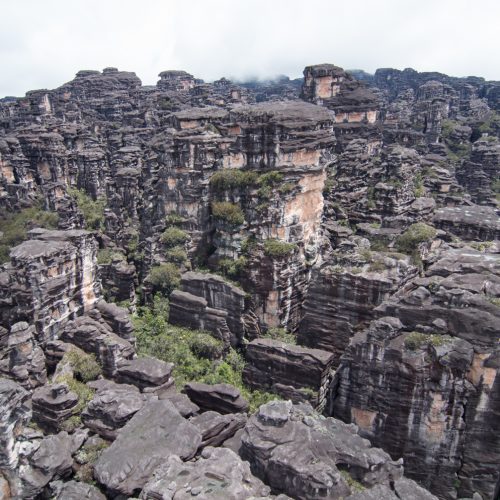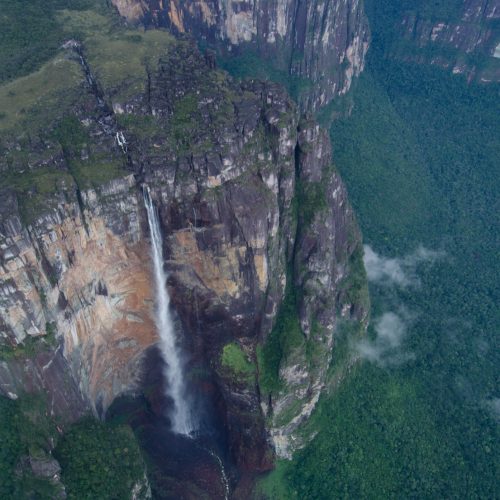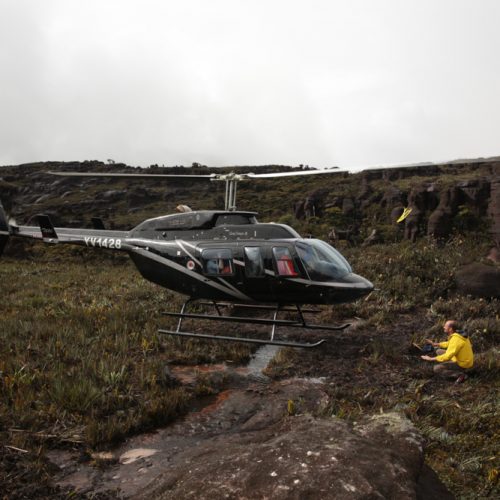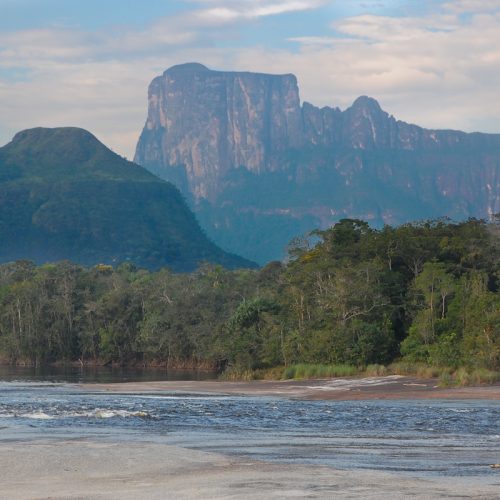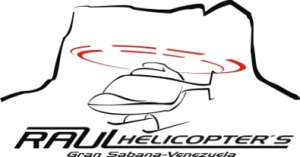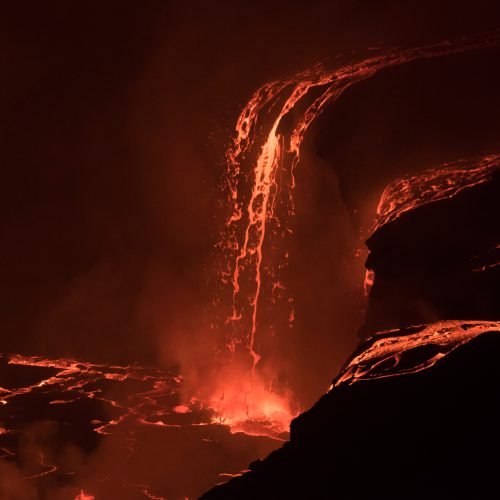The Venezuelan and Brasilian “Tepui” massifs remind of Conan Doyle’s “Lost World”. A wilderness of craggy stone sculptures composed of quartz-sandstone sticking out of a tropical rainforest with carnivorous plants. These two table-top mountains, with an elevation of more than two thousand meters in height (approximately 6561ft), are still mostly inaccessible places, where Man has barely set foot upon. Reaching these mountains by a helicopter, loaded with tons of camping gear, makes you really feel “lost in this world”. Actually, these inaccessible mountains (see the video) host among the most mysterious caves of our planet. The existence of these caverns is known since almost a century, but the real exploration has started a little over 30 years ago. In the last ten years, mostly horizontal cave systems were discovered in the Roraima, Chimantha, Auyan and Sarisanama Tepuis, demonstrating the huge speleological potential of these ancient quartzite mountains.
Their nearly 1.8-billion-year-old clastic sedimentary rocks have been carved and eroded by rain and wind, creating a bizarre set of surface landforms, and in some places rivers and groundwater have slowly melted and eroded several preferential beds allowing the formation of giant awesome caves. Rivers at surface level flowing from the plateaus, create on the border of these mountains some of the highest waterfalls in the world, such as the Angel Falls (976 m) or the Kukenan Falls (674 m).
Related Projects
BBC – Steve Backshall’s Extreme Mountain Challenge
Rolex Awards Magazine – Francesco Sauro
Videos
Imawarì yeutà – The house of Gods
In collaboration with
Logistics and transports
-
helicopter
Access to specific locations requires the use of the helicopter. MB deals with Companies in compliance with flight permits and the revision of the means of transport. Usually, throughout the entire expedition, for security reasons, it is always available, for the MB team and its customers, a helicopter with a pilot and a mechanic. helicopter -
ropes
All MB team members and their collaborators, as well as being skilled speleologists and mountaineers, are regularly licensed to work on ropes in natural and artificial locations (such as IRATA). In addition, MB provides its own technicians and customers with tools and materials for rope progression, carefully chosen and revised. ropes -
tent
Base camp: the base camp arranged by the MB team is generally composed of a «base camp» tent equipped as a kitchen, a «bell tent» for material storage and for charging electronic equipment; personal tents for 2/3 people; electricity generator; gas and camping stoves; fresh and/or lyophilised food; boxes for materials and food storage; medical backpack; VHF radio equipment; satellite phone and possible satellite internet. tent -
aircraft
For access to certain locations, MB uses small light aircrafts (like Cesna), for the transport of both materials and people. MB deals with Companies in compliance with flight permits and the revision of the means of transport. aircraft -
boat
For access to specific locations, MB uses small or medium sized boats for the transport of materials and/or people. The MB team will evaluate, from time to time and due to the peculiarity of the place, the boat conditions. boat -
jeep
Pickup or 4X4 will be used to allow access to the location. MB only uses revised vehicles and in good condition. jeep
Points of interest
- Angel Falls: the highest waterfall in the World, a free drop of 976 m discovered by the American pilot Jimmy Angel and known from the indigenous tribes with the name Kerepakupay Vena. While the bottom of the waterfall can be reached by rivers, the top can be reached only through a long hike or helicopter. The waterfall is rigged for rappelling and a famous place for base jumping.
- Imawarì Yeuta and other ancient caves: the Auyan tepui host the longest cave in the world in quartzite and some of the most ancient caves that can be visited on the planet. Strict regulation is applied to the visit of these delicate environments which is allowed only during scientific expeditions.
- Sarisarinama giant sinkholes: discovered by the airplane pilot Harry Gibson in 1958, these huge holes are among the most voluminous sinkholes in the World. Sima Mayor reaches 360 meters of depth and volume of 18 milion of cubic meters, while Sima Menor opens in more than 1 km of subterranean galleries. Endemisms have been studied in both simas that show also a peculiar and unique vegetation. The shafts can be reached only through helicopter and with special permits from the indigenous tribes.
- The Roraima Plateau: one of the most fascinating landscapes of rock sculptures and the highest plateau of Gran Sabana. The top plateau can be reached through a long trekking but the furthest places remain mostly inaccessible. Location of great climbing routes, on the famous “Proa” northern face.
- Duida Marahuaca tepui: one of the most inaccessible and unexplored massif of the amazonas tepui. Marahuaka is also an evocative site, a “holy mountain”. The native inhabitants of the region consider this massif as the abode of their gods, the “Olympus” of Makiritare and Yekuana indians. Many mythological stories highlight the Marahuaka as the tree of life. At the southern base of the mountain there is a sacred sinkhole, Anakaka Cave, which is reached by native people only after several days through the forest in order to gather a giant tubular grass that they use as blowpipe for hunting.
- Autana Tepui: the sacred three of life of the Piaroa indigenous tribe, a tower of quartzite rising 1300 meters above the Amazonian forests. The top of the mountain is carved by a system of caves, probably some of the most ancient on Earth.
Accessibility
The tepuis are within a National Park and can be accessed only through a complex logistic and helicopter flights. It is possible to flight with a small Cessna or Antonov II cargo airplanes from the cities of Santa Elena de Uairen or Puerto Ordaz to reach the indigenous villages below the massifs and from there, by helicopter, arrive at the top of the plateaus. Thanks to the particular orography of the terrain, finding the most suitable places for installing the Base Camp, is rather difficult.
